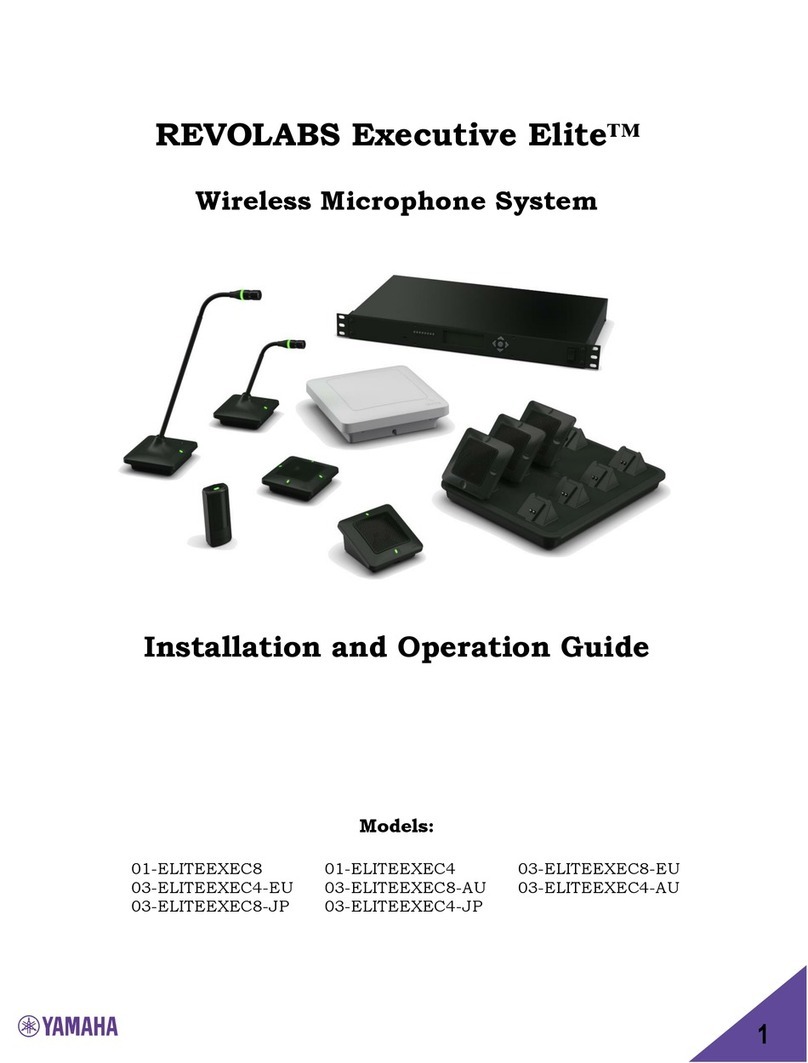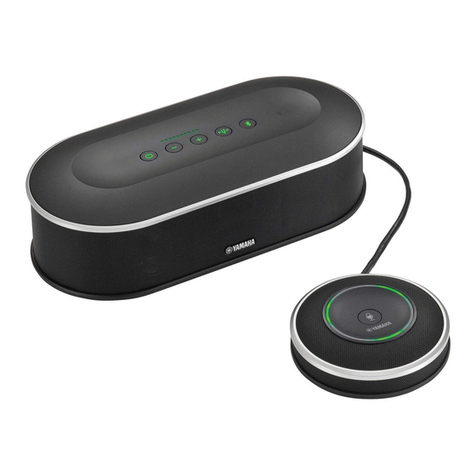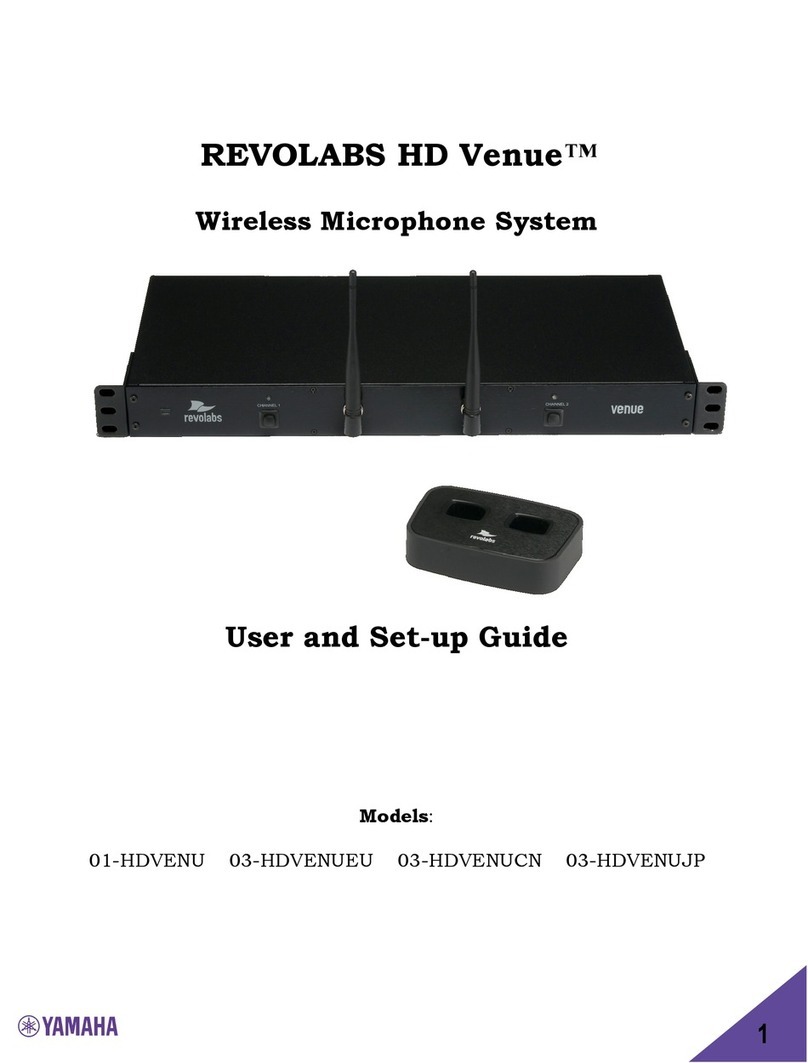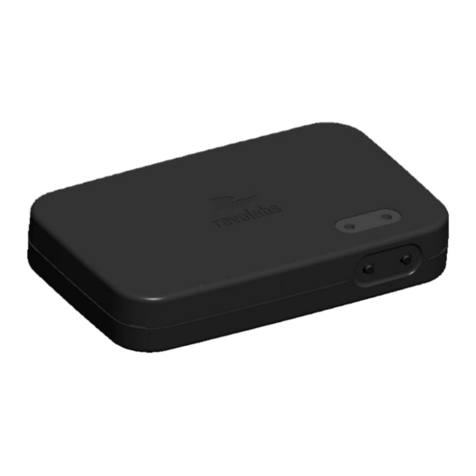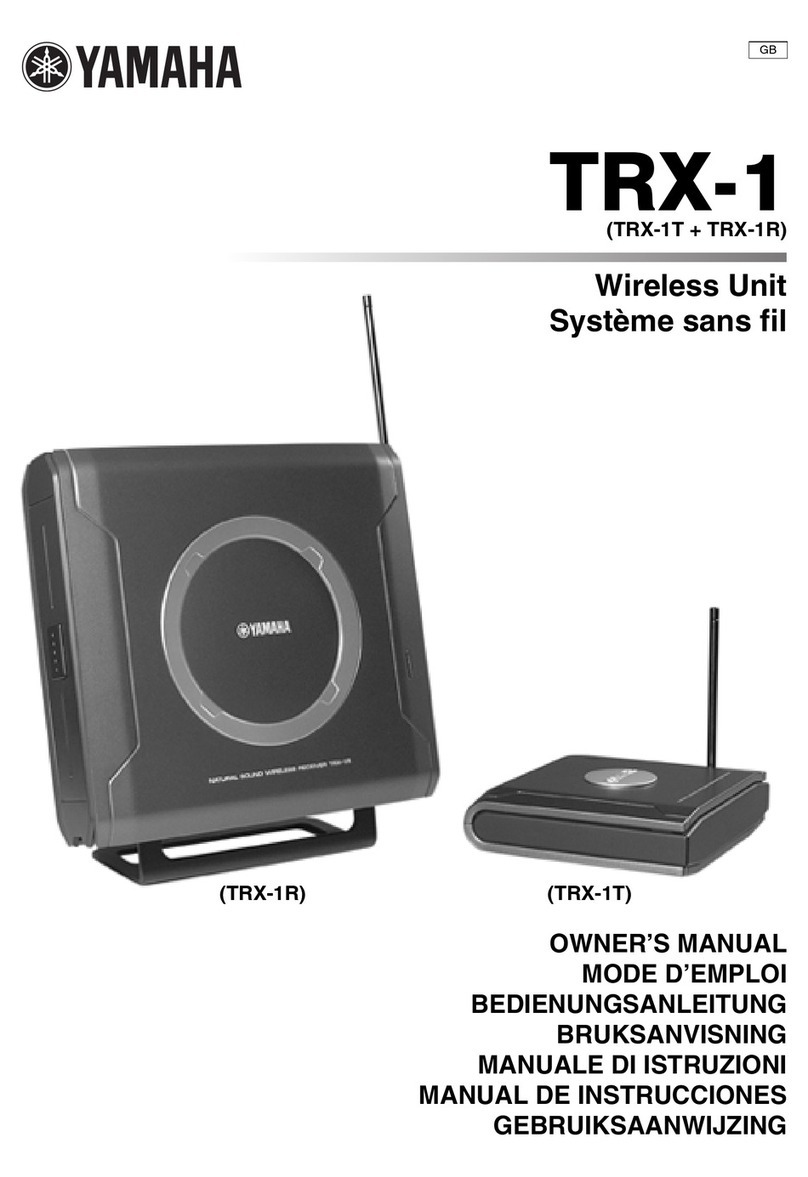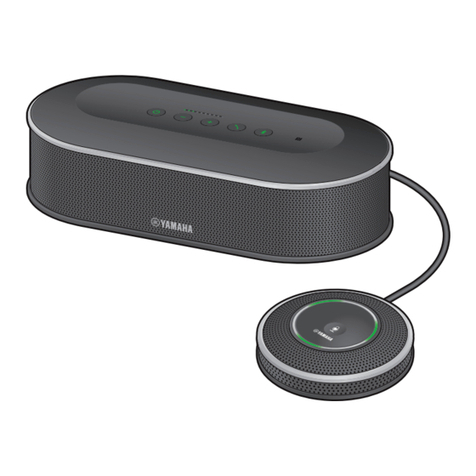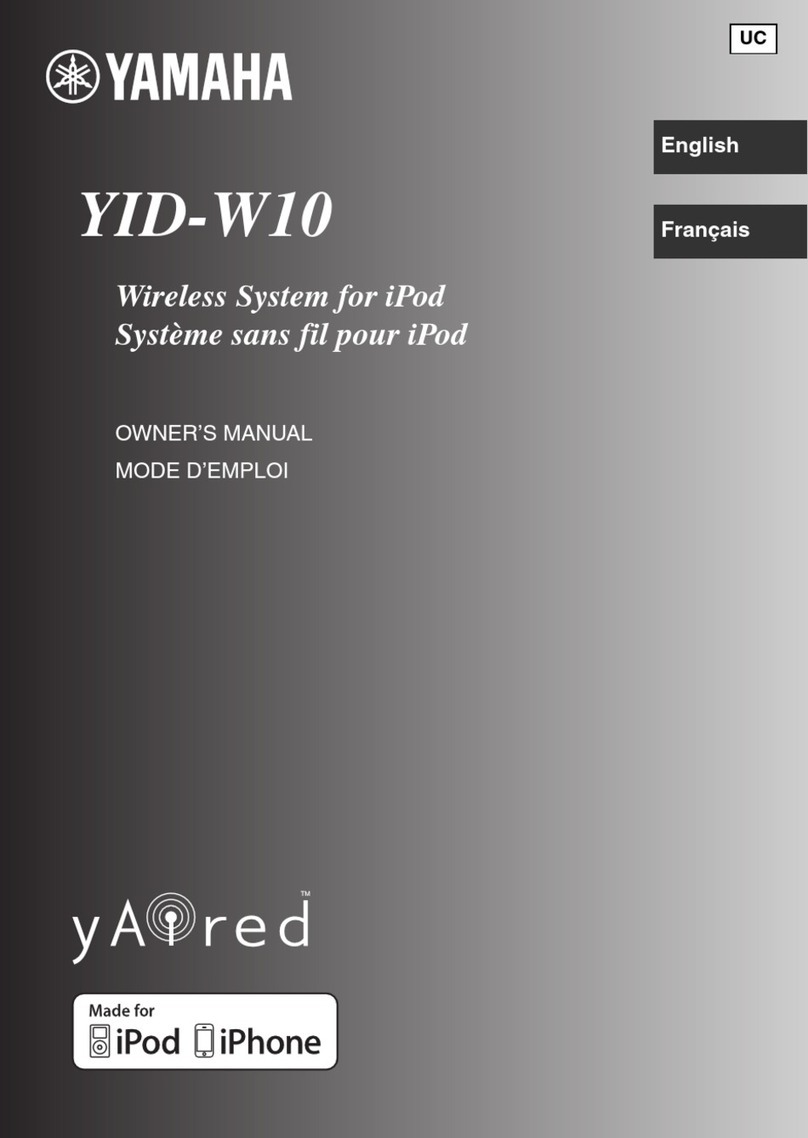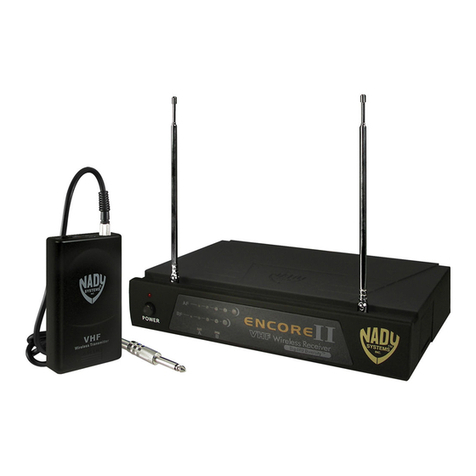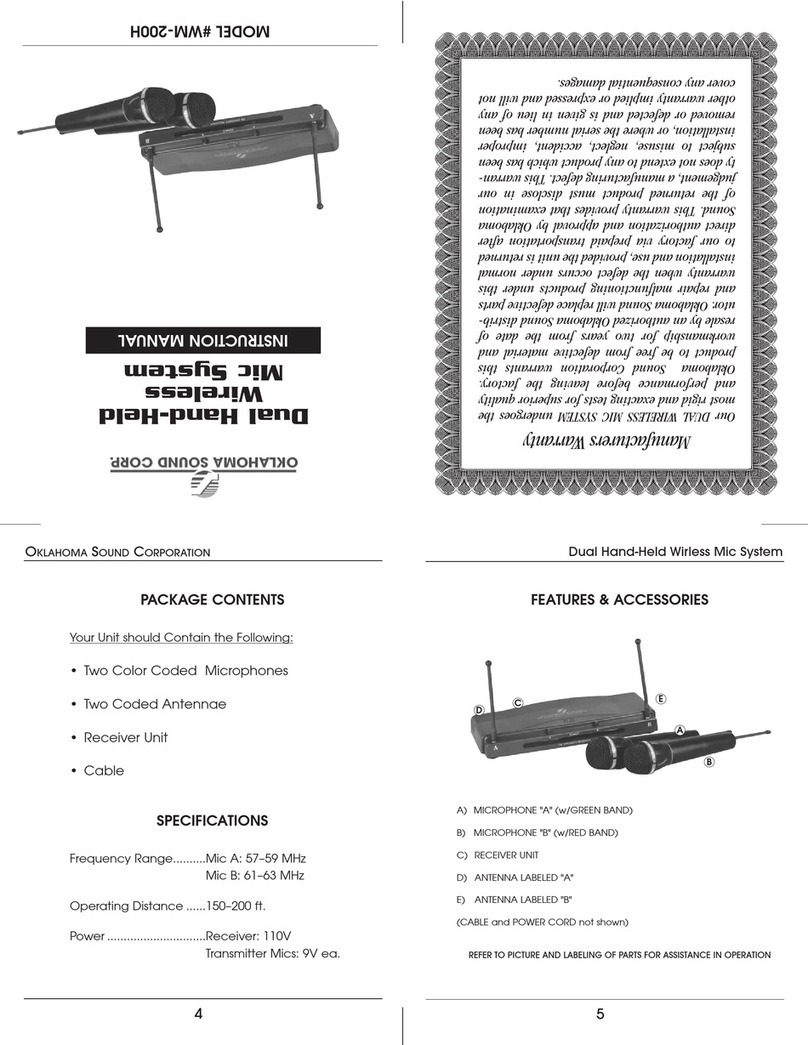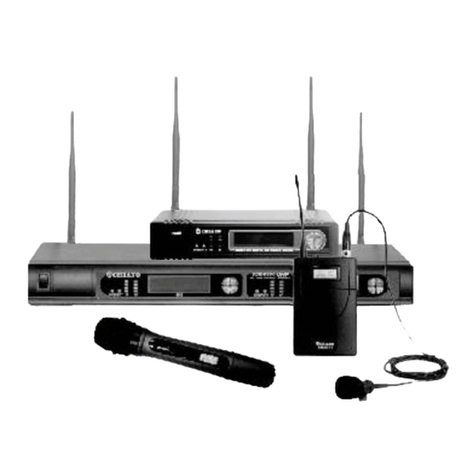
Configure the debug log level, minimum severity,
0 - debug, 1 - warning, 2 - error, 3 - off.
set lopassfilter ch <channel
number>
Configure the low pass filter value for a given
channel.
val lopassfilter ch <chanel
number>
get lopassfilter ch <chanel
number>
Retrieve the low pass filter value configured for
given channel.
val lopassfilter ch <chanel
number>
Retrieve system's MAC address.
val macaddr <mac address>
<group name>
Retrieve the given group's master mute state,
0 - unmute, 1 - muted.
<group name> <0/1>
<group name> <0/1>
Configure the given group's master mute state,
0 - unmute, 1 - muted.
<group name> <0/1>
rename mutegroup <source
group> <target group>
Rename the given source group.
rename mutegroup <source
group> <target group>
set micgain ch <channel
number> <gain value>
Set gain value in db,
channel number 1-8 or A.
val micgain ch <channel
number> <gain value>
get micgain ch <channel
number>
Get gain value in db,
channel number 1-8 or A.
val micgain ch <channel
number> <gain value>
get micgroup ch <channel
number>
Retrieve the group name to which the given mic
belongs.
val micgroup ch <channel
number> <group name>
get micstandbymode ch
<channel number>
Retrieve mic standby status,
channel number 1-8 or A
val micstandbymode ch
<channel number> <0/1>
<channel number> <0/1/2>
Set mic into standby mode,
1 - Enter standby, 0 - leave standby, 2 - toggle.
<channel number> <0/1>
get micstatus ch <channel
number>
Retrieve the given microphone's current status,
0 - off, 1 - on, 2 - standby,
3 - charging, 4 - out of range, 5 - not paired,
6 - pairing, 7 - unpairing, 8 – updating
val micstatus ch <channel
number> <status>
number>
Retrieve the given's microphone's type.
0 - Wearable, 1 - Omni, 2 - Directional,
3 - XLR, 4 - Mini XLR, 5 - Gooseneck,
10 - Handheld, 11 – unknown
number> <type>
get micversion ch <channel
number>
Retrieve mic software version.
val micversion <channel
number> <version number>
get mutestatus ch <channel
number>
Retrieve the mic mute status, value is a comma
delimited string:
<mute>,<mute type>,<mute lock>
val mutestatus ch <channel
number>
<mute>,<mute type>,<mute
Retrieve online registration state,
0 - unregistered, 1 -registered,
2 - Do not remind me.
val onlineregstate <state>
Register to listen to system notifications.
get outputgain ch <channel
number>
Retrieve the given channel's output gain.
val outputgain ch <channel
number> <output gain>
set outputgain ch <channel
number> <output gain>
Configure the given channel's output gain,
output gain range -20 to 5 db
val outputgain ch <channel
number> <output gain>
get outputlevel ch <channel
number>
Retrieve the channel output level,
channel number 1/2/../8/A,
value 0 - mic level, 1 - line level.
val outputlevel ch <channel
number> <0/1>
set outputlevel ch <channel>
<value>
Configure the given channel’s output level,
channel number 1/2/…/8/A,
value 0 – mic level, 1 – line level
val outputlevel ch <channel
number> <0/1>
get preampgain ch <channel
number>
Retrieve the given channel's preamp gain.
val preampgain ch <channel
number> <preamp gain>
set preampgain ch <channel
number> <preamp gain>
Configure the given channel's preamp gain,
preamp gain range -20 to 0 db.
val preampgain ch <channel
number> <preamp gain>
Retrieve the product name.
val productname <product
name>
